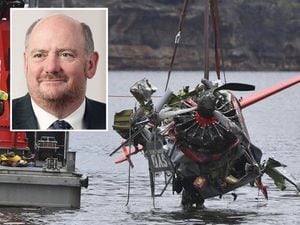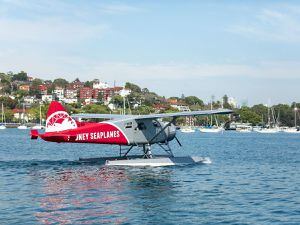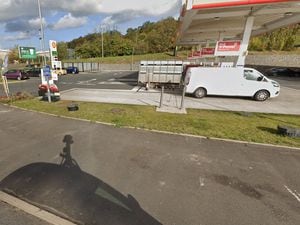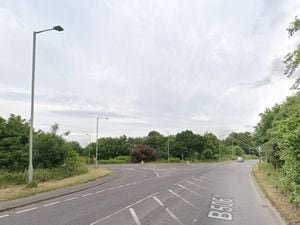Carbon monoxide ‘likely degraded ability of seaplane pilot’ in crash which killed former Telford tycoon and family
The abililty of the pilot of a plane which plunged into a bay near Sydney killing a former Telford tycoon and his family was “likely significantly degraded” by carbon monoxide exposure, investigators have found.

Businessman Richard Cousins, the chief executive of FTSE 100 catering giant Compass, died alongside his two sons, fiancee Emma Bowden and her 11-year-old daughter when a sightseeing trip on New Year’s Eve, 2017, ended in tragedy.
Mr Cousins, 58, had been due to step down as chief executive of Compass after more than a decade in the role when tragedy struck.
At the time of his death, Mr Cousins was planning to watch the Ashes test match at Sydney.
He and Miss Bowden, 48, the art editor for OK! magazine and daughter of Conservative MP Gerry Bowden, sent out their wedding invitations just days before flying off on their Christmas and New Year holiday. They lived together with Heather, 11, in Tooting, south London.
The de Havilland Canada DHC-2 Beaver, piloted by Canadian Gareth Morgan, who also died, plunged into water in Jerusalem Bay, 25 miles north of Sydney city centre.
The Australian Transport Safety Bureau (ATSB) released its final report on Friday under the heading: Hawkesbury floatplane accident highlights the insidious danger of CO exposure.
The bureau’s chief commissioner Greg Hood said: “The ATSB has worked closely with medical experts to determine the pilot would have almost certainly experienced affects such as confusion, visual disturbance and disorientation.

“Consequently, the investigation found that it was likely that this significantly degraded the pilot’s ability to safely operate the aircraft.”
A preliminary report from 2018 said the plane hit an area of water away from the expected and standard flight path, crashing in a near-vertical position.
In July the bureau delivered an update which said blood tests indicated the pilot and two of the passengers had elevated levels of carbon monoxide.
The final report revealed cracks in the aircraft’s exhaust and holes in its firewall “very likely” allowed carbon monoxide the cabin.
“This investigation reinforces the importance of conducting a thorough inspection of piston-engine exhaust systems and the timely repair or replacement of deteriorated components,” Mr Hood said.
“In combination with maintaining the integrity of the firewall, this decreases the possibility of CO entering the cabin.”
The report recommended the use of “attention attracting” carbon monoxide detectors.
“The ATSB strongly encourages operators and owners of piston-engine aircraft to install a CO detector with an active warning to alert pilots to the presence of elevated levels of CO in the cabin. Where one is not fitted, pilots are encouraged to carry a personal CO detector,” Mr Hood said.
The bureau said the investigation would have been aided if the aircraft had been fitted with an on-board recording device.
Mr Hood said ATSB was formally recommending that the International Civil Aviation Organisation and Australia’s Civil Aviation Safety Authority “consider mandating the fitment of lightweight recording devices to smaller passenger-carrying aircraft”.
Mr Cousins, used to bat for Wellington Cricket Club’s second team when he lived in the town in the late 1980s and was also chairman of the club’s cricket committee for several years.
The businessman left £41 million to Oxfam.
He also had sons Edward, 23, and William, 25, with first wife Caroline who died in 2015.





